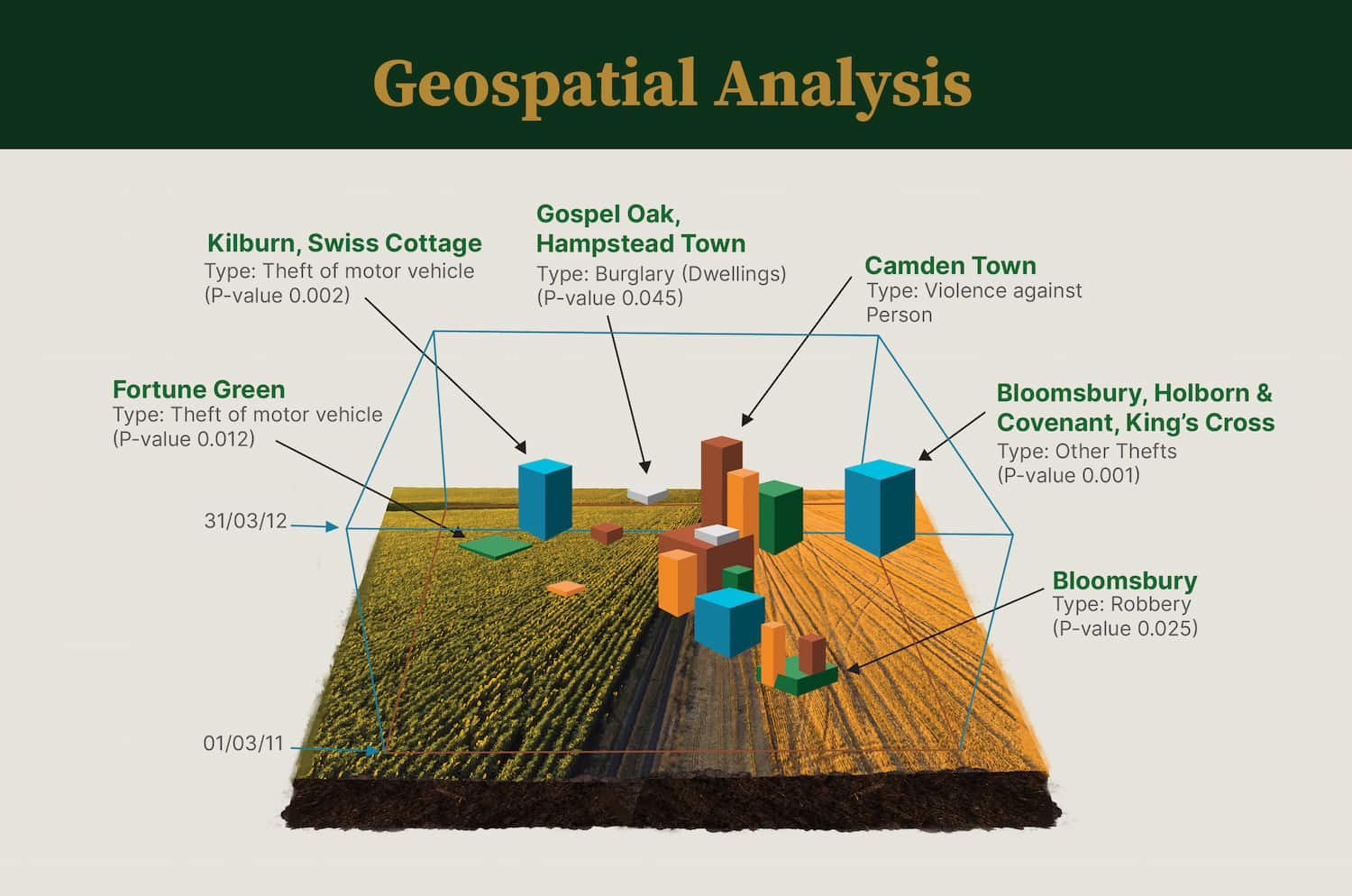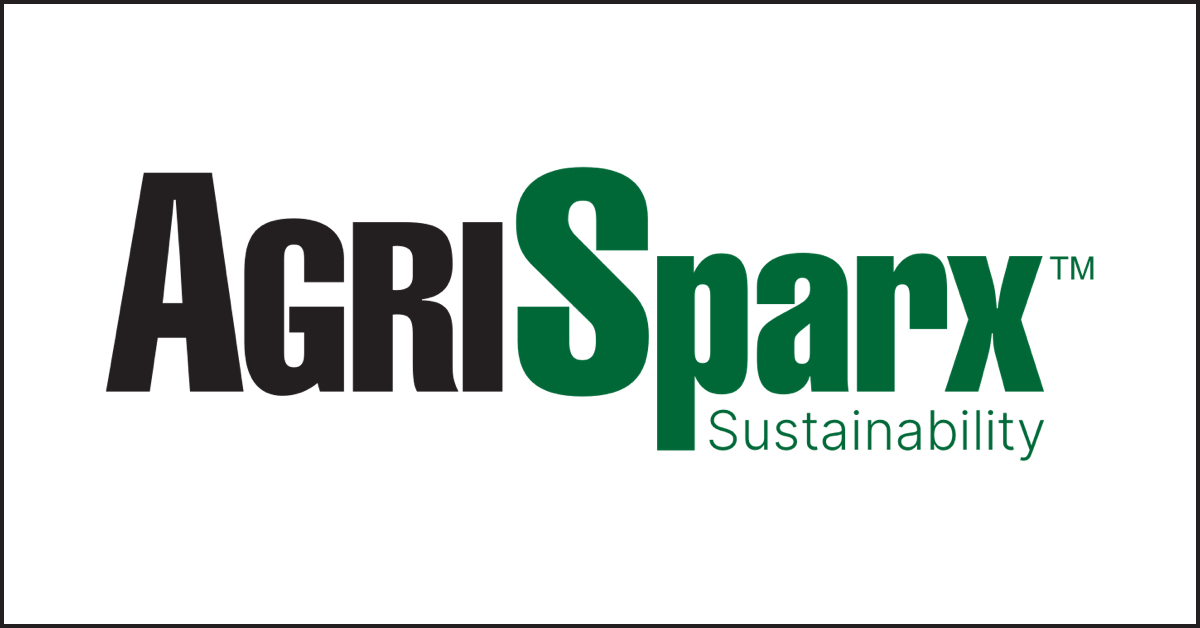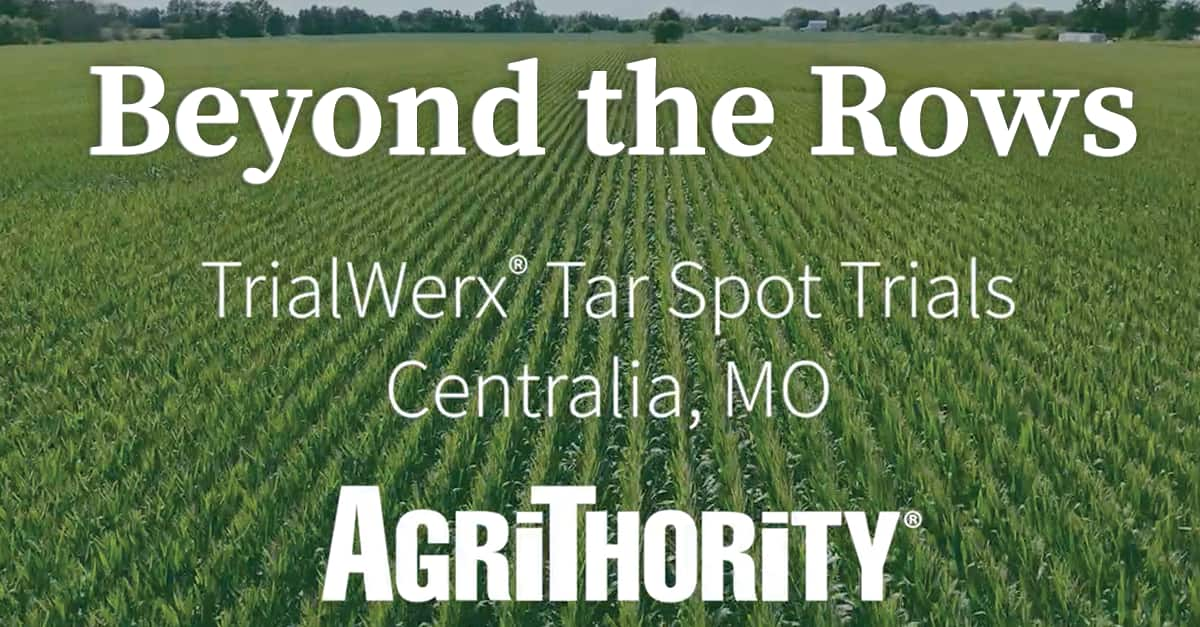Advancements in digital agriculture have dramatically transformed the way we monitor plant growth and evaluate product performance. The integration of precision machinery, remote sensing, and advanced analytics allows for a more comprehensive, continuous, and cost-effective understanding of field dynamics. Compared to traditional assessment methods, digital data improvements provide unprecedented spatial, temporal, and objective insights into plant growth and product performance.
High-resolution spatial monitoring.
Field data collected through machinery (e.g., GPS-enabled sprayers, harvesters, planters) provides precise records of all operations performed—down to sub-meter resolution. This enables detailed analysis of input placement, treatment variability, and site-specific management.
Remote sensing offers spatial and temporal depth.
Satellite imagery, drones, and other remote platforms allow for frequent, high-resolution monitoring throughout the growing season. This enables the detection of subtle differences between treatments and provides a full-season performance narrative, not just a snapshot.
Beyond the endpoint: dynamic performance tracking.
Instead of relying solely on endpoint metrics like yield, digital tools let us observe product performance throughout key phenological stages. This can highlight when and how a product had its greatest impact—information that is typically lost in single-time-point evaluations.
Identify optimal zones and timing.
With detailed imagery and geospatial analytics through our StatWerx® service, we can determine where and under what conditions a product works best. This supports precise product positioning, fine-tuning of application protocols, and improved agronomic recommendations.
Lower cost, higher coverage.
Digital tools reduce the need for some labor-intensive field scouting. A drone flight or satellite pass can assess hundreds of plots in minutes, which offers broader coverage at a fraction of the cost of traditional assessments.
Objective and consistent measurements.
Unlike manual ratings that may vary depending on the observer, digital data provides standardized, quantitative assessments (e.g., NDVI, biomass indices, canopy cover) reduce subjectivity and improve data quality.
Real-time decision support.
Access to timely data allows researchers and product development teams to make in-season adjustments—whether it’s modifying protocols, scheduling additional evaluations, or flagging unexpected effects. This agility was previously unattainable with end-of-season evaluations alone.
Insight generation.
While objective measurements and ratings are a must, the intelligence, experience and creativity of the researcher or analytic team delivers more actionable outcomes. Applying intuition and sometimes even imagination can make the difference in generating positioning or Best Management Practices. Of course, always based on scientific facts.
One of the AgriThority® projects involved testing new-generation fungicides in turfgrass. Here is an example of how using a simple RGB drone can enhance visual scores with objective data, especially in small trials (larger trials require more advanced and expensive drone models). Drone-based imagery enabled the detection of subtle treatment-related differences that were not readily observable on the field.




The AgriThority® experts help prepare biological products to compete in real-world environments with real-world producers. Engage our in-depth StatWerx® analytics team to generate actionable insights for best management practices that encourages grower adoption. Reach out for more information today.



